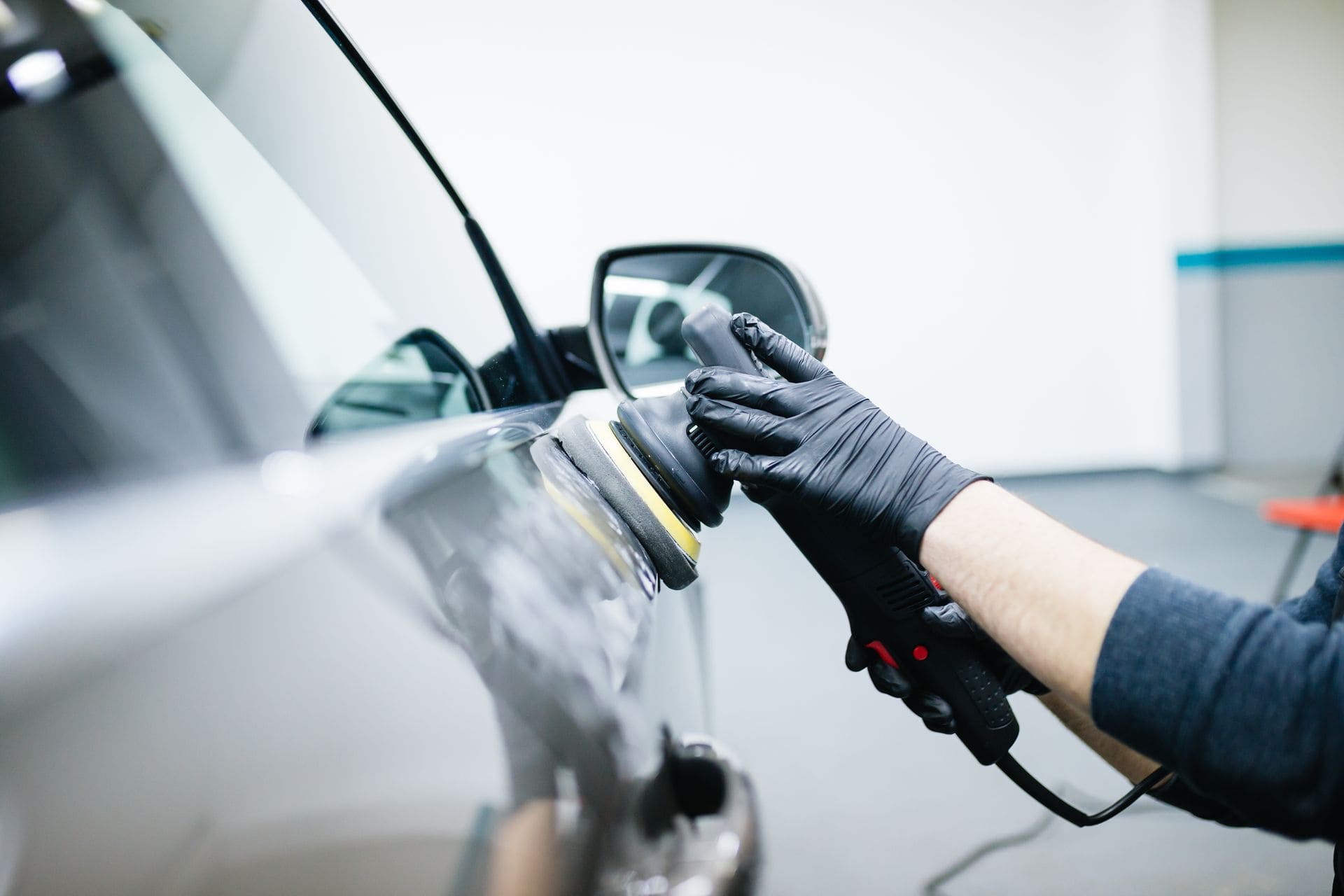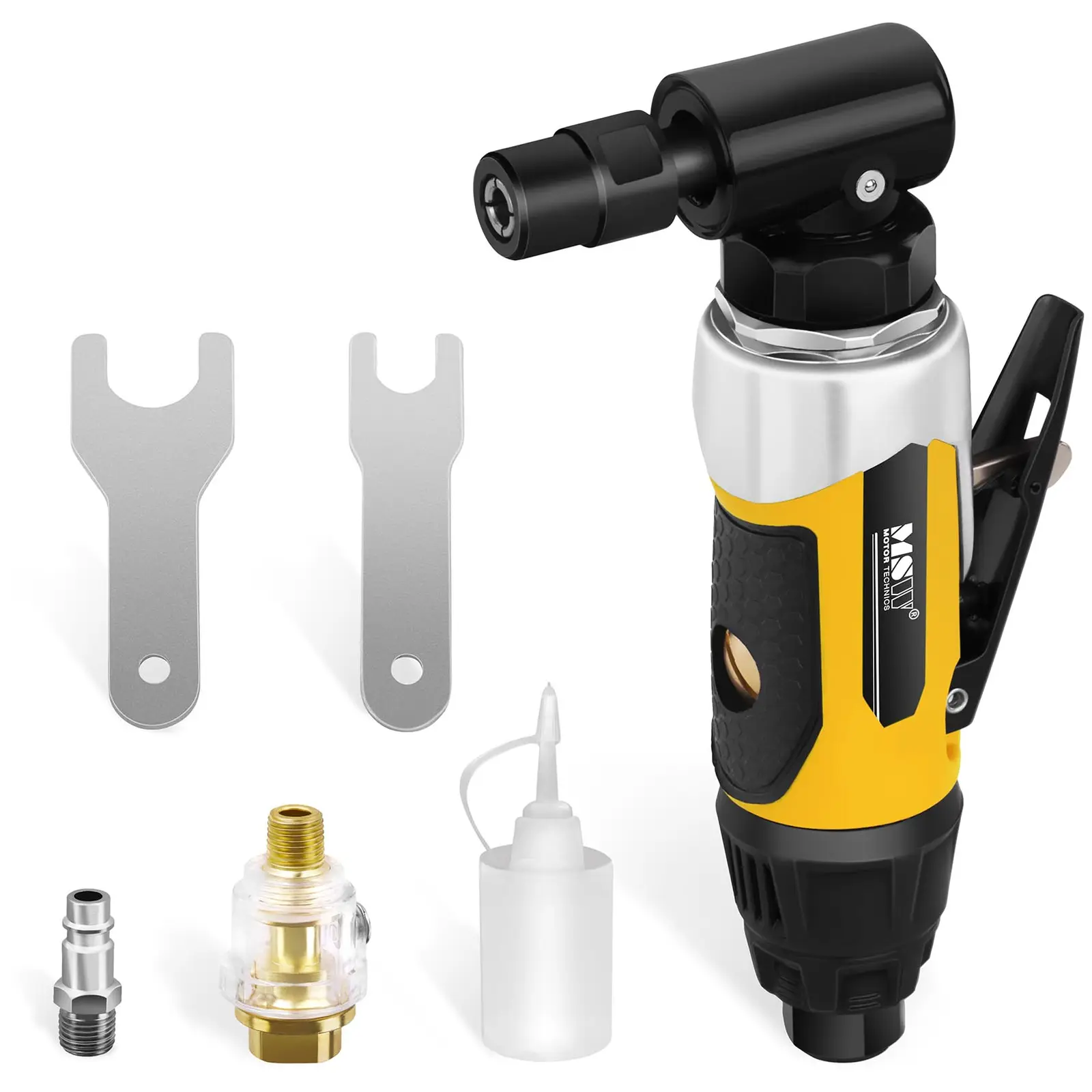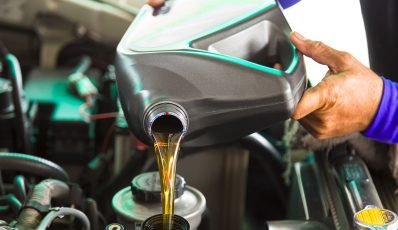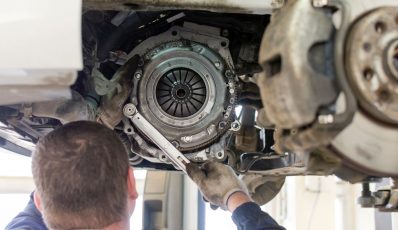One of the most basic car detailing services that will make your car look as good as new is polishing the bodywork. However, you don't always need to use the services of professionals in order to achieve a stunning, shiny finish to your car. Read our article and find out how to polish your car yourself, and which tools to use.

One of the most basic car detailing services that will make your car look as good as new is polishing the bodywork. However, you don’t always need to use the services of professionals in order to achieve a stunning, shiny finish to your car. Read our article and find out how to polish your car yourself, and which tools to use.
Polishing your car by hand
Polishing your car by hand is hard work. However, it can also be a good idea if you simply want to give your car a nicer finish after washing. So before you start polishing, you will obviously need to properly wash the car. If necessary, use additional cleaning products to remove stubborn dirt, such as grease stains, insects or tree resin, in order to make sure that the bodywork is perfectly clean. The next step is to secure the elements that you don’t want to get polish on with tape, especially chrome and plastic.
After such preparation, you can go ahead and start polishing the car. You will need three things to do so: a polishing pad, a handle and polishing paste. To be on the safe side it is best to start working with a soft pad and a polishing paste with a low abrasive formula. Bear in mind that improper tools (such as a pad that is too hard) could cause damage to the paintwork!
After applying the paste to the pad, polish the paintwork in a circular motion, maintaining the same amount of pressure. It is best to work on small fragments one by one. You should also pay attention to the condition of the pad. If it is worn out, it should be replaced. Polishing a car by hand requires not only a lot of patience and concentration, but also the right conditions. It should not be carried out in sunny or dusty places, and a stable temperature and humidity are also recommended.
Polishing your car paintwork
Polishing a car will not only make the paintwork have a nice shiny finish, but will also remove small scratches or damage. Below we present the most commonly used tools for this purpose, as well as the most common accessories.
Polishing your car after painting
Polishing is the final stage of painting a car. The repaired parts should look the same as the rest of the bodywork. In such cases, use a rotary polisher with rotation stabilisation. Professionals do not recommend using angle grinders for this purpose.
Polishing your car with an angle grinder
So what can an angle grinder be used for? In the case of polishing, an angle grinder is primarily used to mechanical remove signs of corrosion. This requires the use of sandpaper. Bear in mind that angle grinders used at high speeds can even destroy the sponge.
Polishing car scratches
Varnishing is not always necessary to get rid of scratches. If the clear coat layer has not been cut, polishing should be enough. You can get rid of minor, superficial scratches on your own, polishing them by hand with the use of polishing paste. If the damage has reached the deeper layers of the paint, then unfortunately you will need to visit a professional paint shop.
Car polishers
Car polishers are designed specifically for polishing car paintwork. There are two basic types of such equipment:
- rotary – in which the disc moves around its axis,
- orbital – in which the disc rotates elliptically.
Both types have their pros and cons. Rotary polishers distribute the paste evenly, but also generate more heat, which can damage the surface. Working with them also requires more skill. Orbital polishers, on the other hand, are more delicate on the paintwork and therefore may not be able to cope with larger scratches.
For each model, the key parameter to control is the speed, which should be suited to the type of work. Too low a speed will prove insufficient, while too high a speed will be dangerous for the paintwork. You should also pay attention to the power. Comfort of use is also important, as polishing your car can take a while, so it should not be too heavy and should not vibrate to strongly.
How to polish a car with a polisher
We already mentioned how to prepare your car for polishing in the first part of the article, where we discussed polishing by hand. Once the car has been properly cleaned and the chosen elements have been protected using tape, you can start the process of polishing it. Start with a small, hardly visible piece of paintwork. If the scratches disappear it means your test was successful and you can continue to polish the rest.
Try to use the polisher in a linear motion. Each fragment should be polished several times – from top to bottom and then right to left, and then degreased. Isopropyl alcohol is most often used for this purpose. After you have finished polishing, you can protect the paintwork from damage by using natural wax.
Car polishing paste
Car polishing paste is one of the necessary products you should use to restore the paintwork on your car. There are several types intended for different use. You should first of all consider your needs (getting rid of scratches or only improvement of the overall appearance of your car) and check the condition of the paintwork. Your experience and skills are also important.
An important parameter of polishing paste is the cutting power, on which the intended use depends. There is no specific car polishing paste that will be good for restoring all kinds or paintwork. The following division is generally used:
- Universal all in one paste (AIO) – used to eliminate minor paint defects and scratches and to improve the visual condition of the paint.
- Slightly abrasive (weak cutting power) – used for scratches made by fine sandpaper.
- Medium Abrasive – used for removing coarse grit sandpaper marks.
- Aggressive – designed to eliminate deep scratches.
- Finishing paste – used to achieve a high gloss, also as the last stage of paint restoration.
How much will polishing your car cost?
Polishing a car is not only hard work, but also requires some experience. If you have never polished a car before, it could be a better idea to use the service of professionals. However, check the prices of such services beforehand in order to know what to expect. Basic paintwork restoration will usually start from around £100. A more complex approach, including getting rid of up to 85% of scratches, will probably cost a few times more. Size is also a factor that affects the price of the service. Therefore a small car will obviously be the cheapest, medium and large size cars will cost a bit more, and SUVs or vans will be the most expensive. For an additional fee most car detailing workshops also offer interior cleaning, such as upholstery impregnation, ozone treatment, etc.
How to polish your car yourself
If you enjoy DIY and like looking after your car then you could polish it yourself. This can be a good idea if you intend to remove minor scratches or just refresh the appearance of the car’s paintwork. To remove deeper scratches, it is probably better to go to a professional provider of such services. If you do decide to polish your car yourself, you will need the right accessories: a polishing pad, a handle, polishing paste and cloths, preferably made of a soft microfibre. Polishing paste will also be necessary if you use an electric polisher.
Regardless of what type of equipment you intend to use, remember to properly wash your car beforehand. Polishing your car in unfavourable conditions (too much sunlight, wind, dust, etc.) could affect the quality of your work or even lead to unintentional damage to the paintwork.
If you run a professional or home workshop and work with various types of material (metal, wood, concrete), drills, electric drivers and other practical accessories will also come in handy.










Share